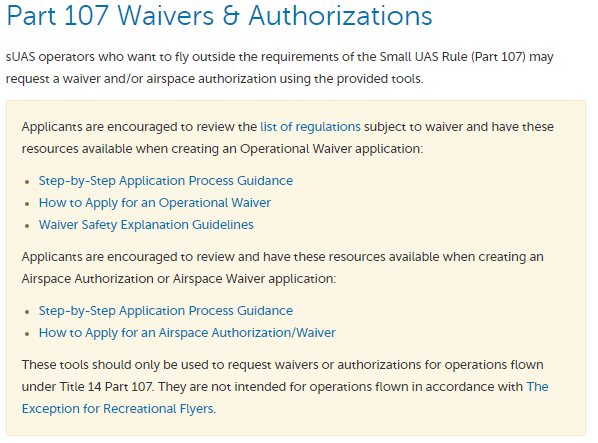Overview
For this capstone project, my role is to combat the lack of clarity in procedures that must be emphasized in UAS missions. Deliverables from this research will include multi-modal training material starting with specific components of the C-Astral Bramor PPX. Throughout the aggressive project timeline shown in the PowerPoint in Figure 1, I will adapt best training practices that I discover to other Unmanned Aerial Systems platforms as well. Furthermore, I will explain important data collection principles one must practice in different mission planning settings.
Figure 1: Capstone Project Timeline
Project ParametersSince the projects that I will be working depend on the availability of the UAS systems, the availability of renting video equipment, the weather, and the amount of lab time I have per day, the schedule is designed to be relatively flexible. Although each task has an associated completion date, I can easily adjust it to accommodate to more tasks or allocate time to explain complicated tasks more thoroughly. Nevertheless, this capstone will produce weekly blog posts highlighting the progress I have made for you to see how much work it takes to design a clear and concise training video.
Equipment that will be utilized in creating the training material content will involve Camtasia, Purdue's video express videos, adobe suite, Esri products, Microsoft office, and Pix4D. Shown in Figure 2 is a snapshot of myself in front of the Purdue video express reading off a teleprompter with content I created for the first training video. Shown in Figure 2 is the interface for Camtasia video studio and how I have been able to successfully incorporate both systems to produce the video that you see in.
First Training Tutorial
Similar to trouble shooting a UAS, troubleshooting media equipment was an activity I engaged with for 3 hours before I produced the first video. Never is it supposed to take as long as it did! Due to a technical issue involving Purdue's online video database I had to wait on customer service for the majority of the trouble shooting time. During this process I gathered snapshots of the studio that I recorded the first training tutorial in. Shown in Figure 2 is myself in front of the teleprompter and operating the equipment in front of the green screen.
Figure 2: Me Operating the Studio Equipment
After a few takes, I provided a short clip with relatively few errors. In the past, users of the Bramor had no structured way of acquainting themselves with the C-Astral Bramor PPX unless the professor was present. Now the professor can have the users watch the first tutorial video prior to their hands on training session with the professor. Along with a modified training manual that I am creating, the video enhances safety because the students have easy access to information that they can cross reference as they begin to familiarize themselves with a complex system. |
| Video: Bramor PPX Tutorial 1 |
Training Tutorial Critique
Although the expectations for the first training video were very low, my expectations to improve the material in future videos are very high. Therefore, I will be doing extensive research in how to properly act when using a teleprompter and how to appear less robotic while using the video equipment. Furthermore, I will ask users for constructive feedback to see if there is anything else I can do to help articulate my dialogue in the most effective way possible. Furthermore, I will consider using more eloquent word choice when necessary.





























